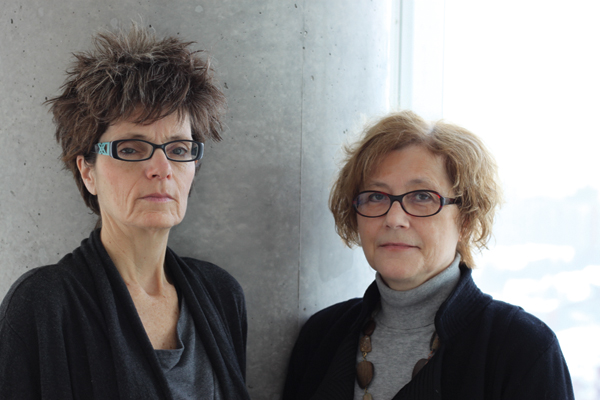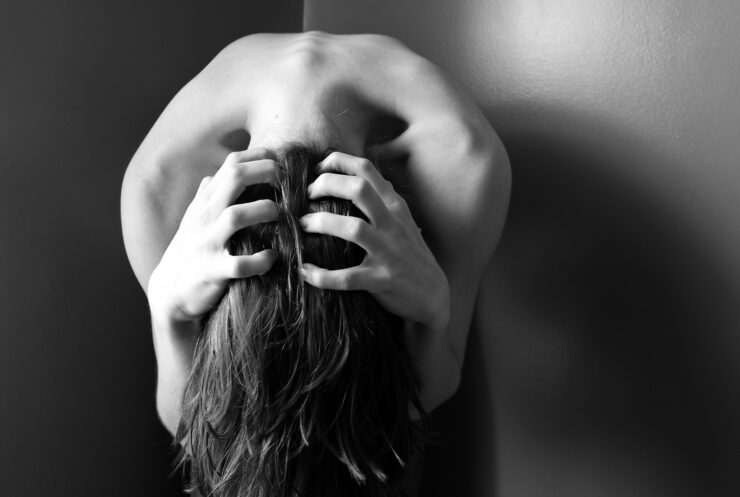U of O research delves into surprising link between media and mental health
Photos Courtesy of Adrian Clark & Rusty Sheriff
A recent study conducted by a group of Ottawa researchers has found some surprising results regarding a potential link between youth suicide and subsequent media coverage.
The team consists of Stephanie L. Leon, a clinical psychology PhD student at the University of Ottawa, and three researchers at the Children’s Hospital of Eastern Ontario (CHEO): Paula Cloutier, Marc-André Bélair, and Mario Cappelli, who’s also an adjunct professor in psychology and psychiatry at the U of O.
The study published in Healthcare Policy analyzed the response to two highly publicized youth suicides in Ottawa: the 2010 death of Daron Richardson, the daughter of then Ottawa Senators assistant coach Luke Richardson, and the 2011 death of Jamie Hubley, son of Ottawa city councillor Allan Hubley.
The study examined the number of emergency department visits at CHEO concerning mental health issues and the severity of the issues 14 days, 28 days, and 90 days after both cases.
Researchers have extensively analyzed the link between media and suicide rates, but no other studies have looked at emergency room visits, according to the study.
The researchers found an increased number of emergency room visits, but the severity of symptoms remained stagnant. This is a positive development, said Cappelli, because the media coverage has raised awareness about available mental health services.
It has long been thought that intense media coverage of a suicide would cause an increase in the suicide rate of a population, a phenomenon dubbed the Werther effect. Media outlets have been hesitant to cover suicides, fearing a copycat effect. The death of Marilyn Monroe, for example, was followed by a spike in suicides.
But another theory, the Papageno effect, proposes that media coverage can act as a preventative measure. Cappelli pointed to the death of Kurt Cobain, where one study showed the suicide rate decreased in the week following his death, in comparison with the year before.
The media “didn’t create suicide contagion,” said Cappelli, “(they’ve) increased awareness.”
He urges news outlets to report carefully, making sure not to sensationalize the death or discuss specific details. The Canadian Association for Suicide Prevention has a set of specific guidelines for journalists.
However, the researchers were not able to establish a causal relationship between the media coverage of each of the two prominent Ottawa teen suicides and the subsequent increase of emergency room visits.
“We just don’t know,” said Cappelli. “We can only assume that with such huge media exposure, (the youth) would have heard this. That’s the only event that occurred that weekend that could explain it.”
Both the University of Ottawa Health Services (UOHS) and the Student Academic Success Service (SASS) have seen an increase in the need for mental health resources in recent years.
“There are more resources available and more acceptance for people accessing those resources,” said the UOHS executive director Christopher Fisher.
“We see on average about a 10 per cent increase in the number of requests every year for the past 10 years,” said Donald Martin, manager of SASS’s counselling services. SASS has responded by expanding services such as providing full-time counsellors at student residences, and instructing professors on how to identify warning signs.
This study encourages more research on the full extent of media coverage of youth suicides, and the necessity of intervention programs.
“It’s really about helping kids and youth with mental illness so that their quality of life isn’t affected,” said Cappelli. “Ultimately that’s all our goals.”
—With Files from Nadia Drissi El-Bouzaidi






